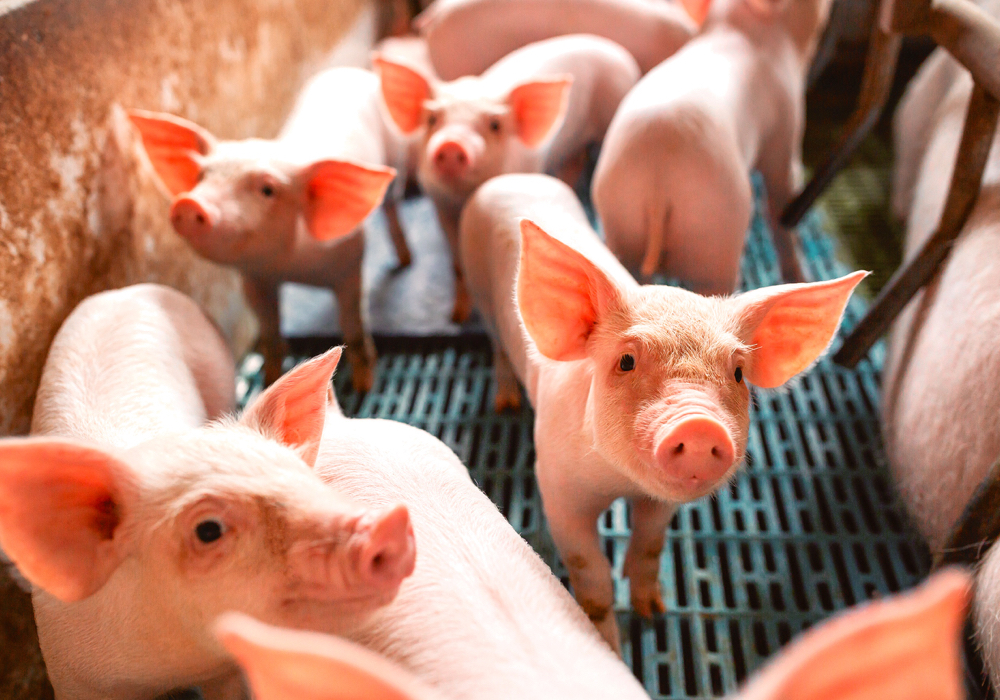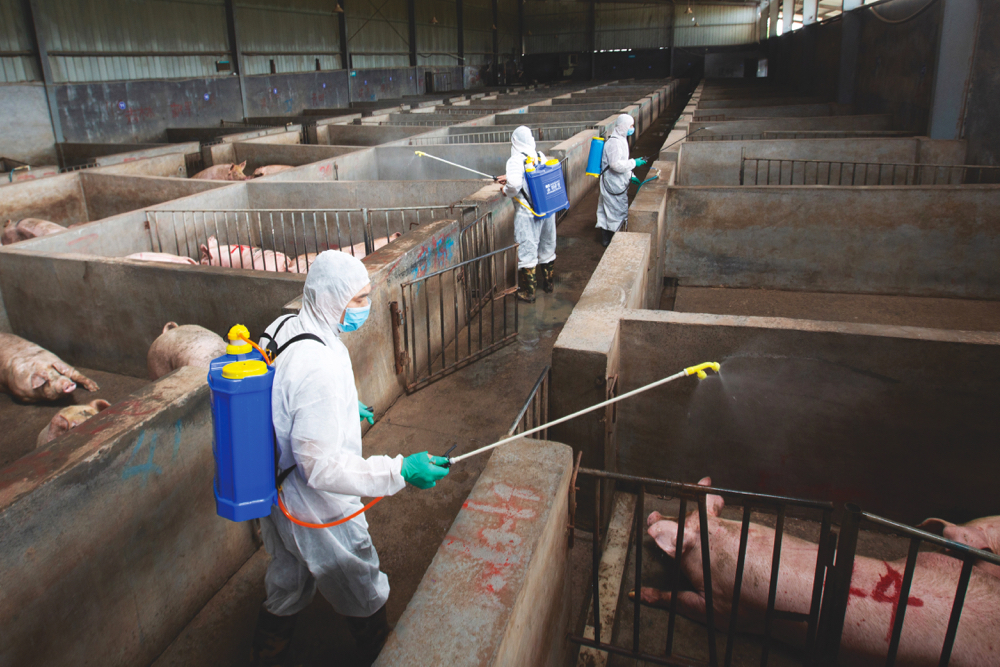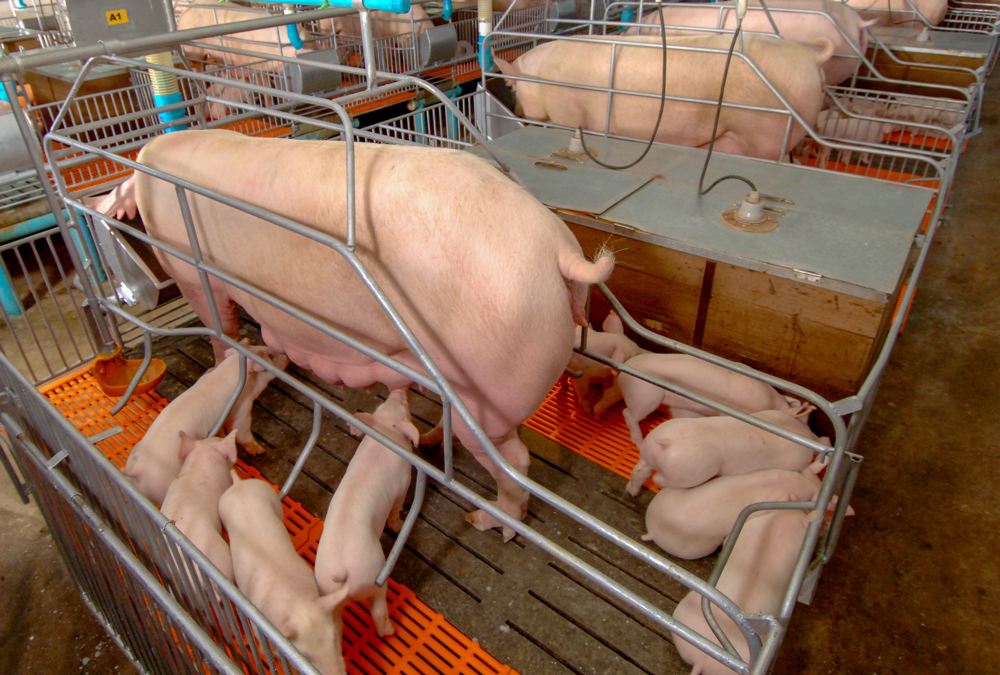Imported feed ingredients are a major risk factor for entry of African swine fever into Canada.
The highly contagious hemorrhagic fever is a major problem in China and other Canadian trading partners. Studies have shown the virus can survive in feed during an ocean crossing to North America.
Why it matters: African swine fever would devastate swine herds in North America if it landed on the continent.
“We import a huge amount of feed ingredients from China,” said Dr. Egan Brockhoff, a swine veterinarian and consultant with the Canadian Pork Council. “Feed ingredients are a critical risk.”
Studies by Scott Dee, researcher at the University of Minnesota, show organic soybean meal is a good vector for the virus, and the North American hog industry does import soybean meal from China.
As well, feed companies say China is the only source of certain amino acids needed for hog rations. Even the packaging of feed and ingredients can carry the virus.
The Canadian Pork Council has published advice on its website about mitigating risk from feed. It says holding feed ingredients in storage before feeding them can reduce survival of the virus.

It recommends holding imported feed and feed ingredients at 20 C for 20 days, or at 10 C for 100 days before feeding.
“Time, temperature, the feed ingredient itself and the properties of the virus all impact survival time. All four of those factors are critical but a simple rule is, the higher the temperature the shorter the virus survival time,” the council said.
“Transport time of feed ingredients from China to Canada or Europe to Canada averages between 30 and 40 days. Those days count in our favour.”
It further recommends that producers do business with feed mills that have a recognized biosecurity program and that participate in the Animal Nutrition Association of Canada’s biosecurity protocols.
The council’s list of high-risk ingredients includes rice hulls, corn cobs, conventional and organic soybean meal, soy oil cake, dried distillers grains with solubles, lysine hydrochloride, choline chloride and vitamin D.
Read Also

Dissolving eartags could make pig traceability easier
A dissolving eartag for market hogs, called Clean Trace could reduce processing challenges and enable more individual management of pigs.
It advises producers to consider country of origin and ask feed mills and feed suppliers about their sources.
Brockhoff said Jan. 10 that he has been working with the Canadian Food Inspection Agency on risk factors for imported feed and a document about that is expected to be published soon.
“We now live in a transboundary pathogen world,” Brockhoff said at the recent Banff Pork Seminar. “There’s just more virus everywhere.”
He said a ban on imported feed and ingredients from countries infected with African swine fever is an option but not a likely one due to political implications associated with any trade ban.












